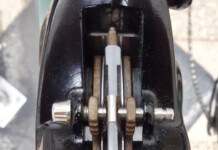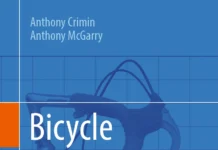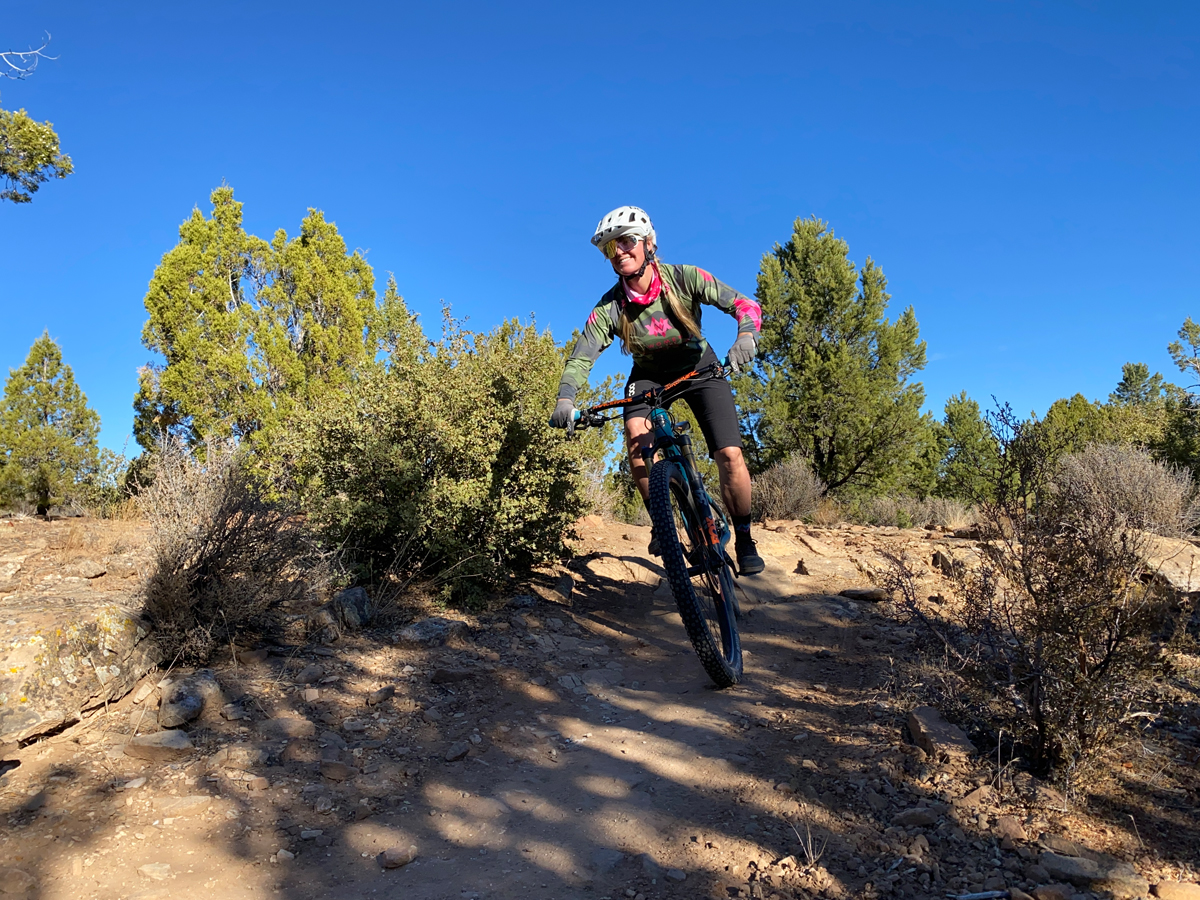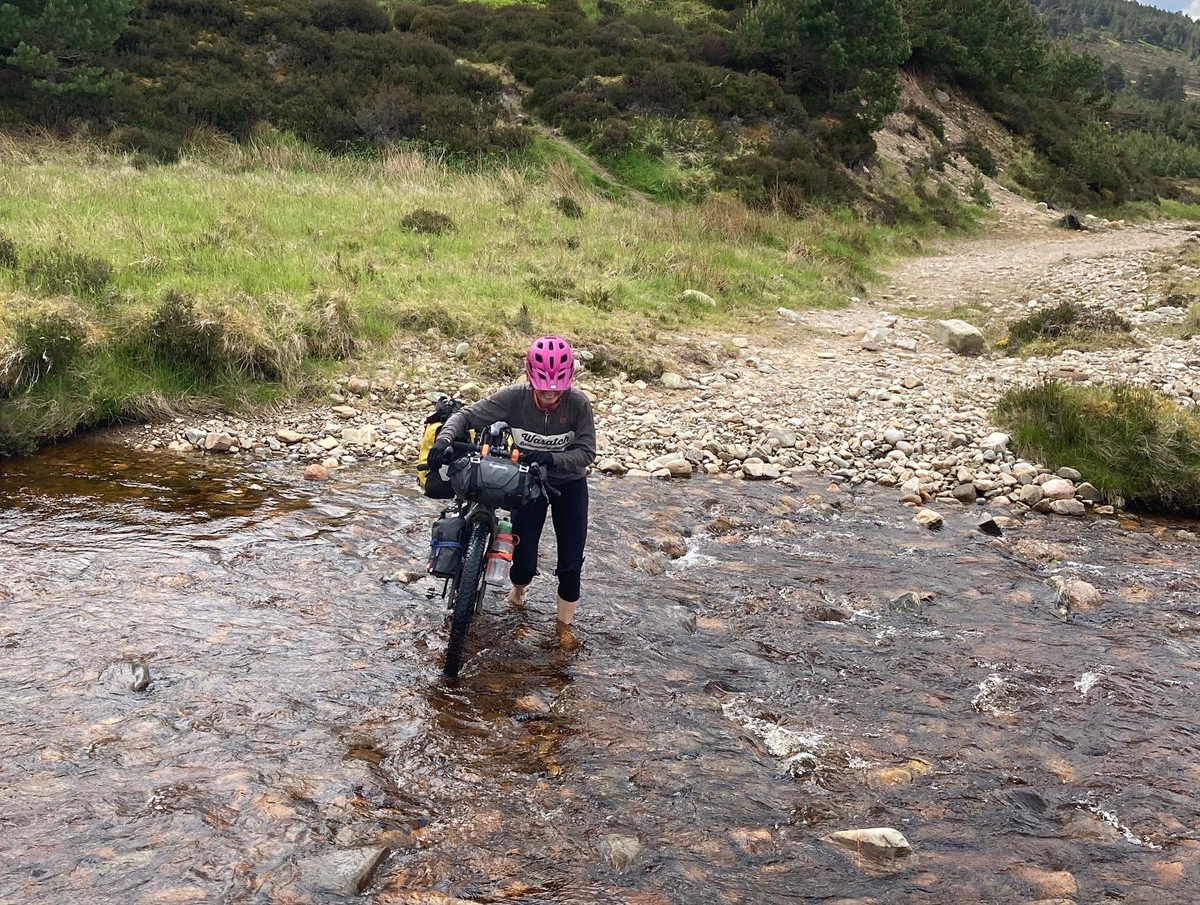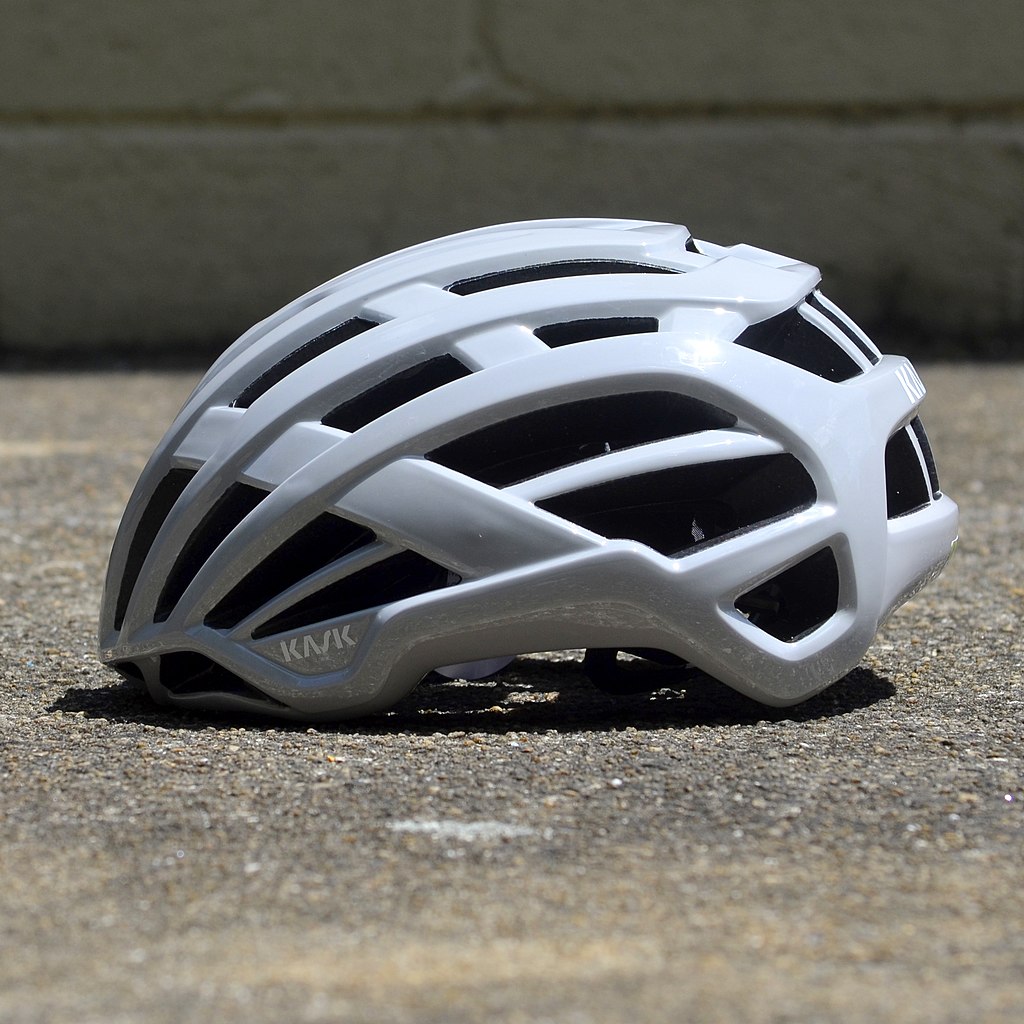By Tom Jow — Despite being an “insider” of the bicycle industry, working behind the scenes for a large retailer, I am not really a bike “geek”. By this I mean that when I am not at work, I don’t spend a lot of time reading about bike things. When I am at work, I am not really privy to a lot of secret knowledge about product releases, so it came as a bit of a surprise to me when the new SRAM Transmission was introduced. Now, even six months later, everyone is still talking about it. Is it really that special? What does it mean for the recreational rider, in other words, those of us that don’t think about bikes all the time?
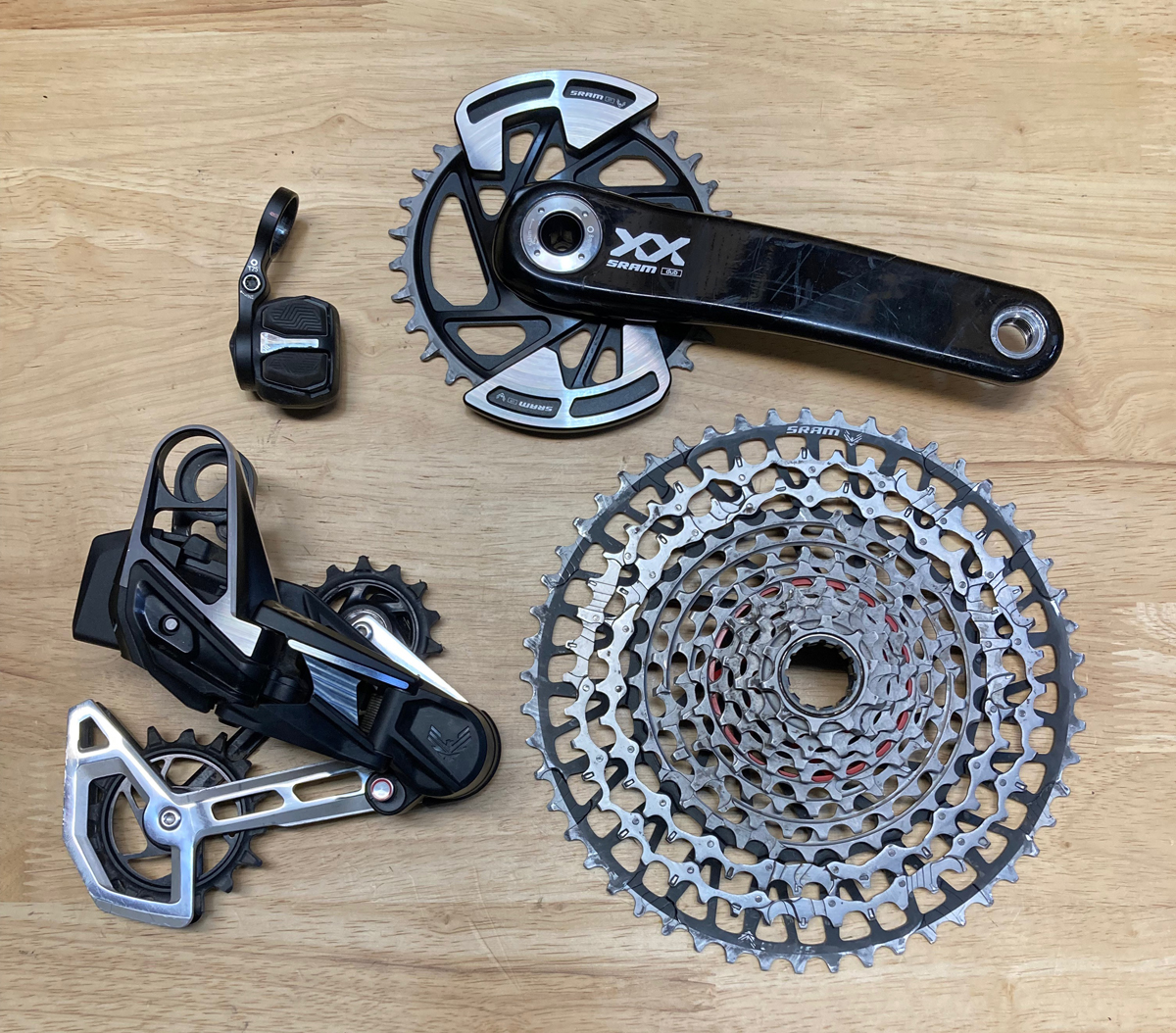
The SRAM T-type Transmission drivetrain has a completely redesigned cassette and derailleur combined with chain and chainring technology from other systems. There are many innovations in this drivetrain, but the two biggest things are improved shifting and a more crash resistant derailleur.
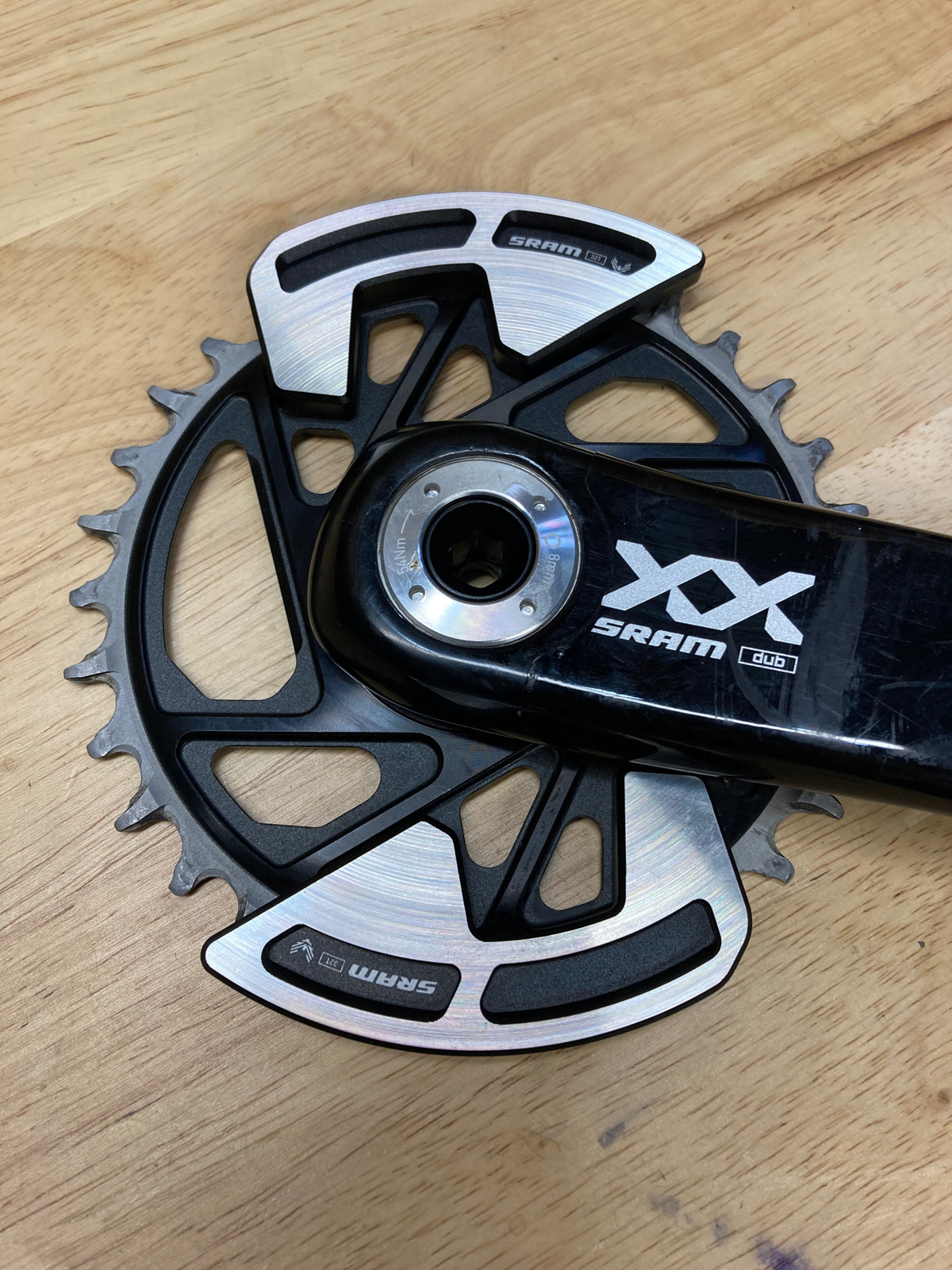
The improvement SRAM made to shifting with Transmission is the ability to shift under full power. This is attained by creating the shift ramps on the cassette. The cogs are designed to allow the chain to move across only in designated zones. In these zones, the chain moves across cogs while having full driving contact. This allows the rider to continue to apply full power to the pedals while shifting. As recreationalist cyclists, we may not need to shift during a full sprint, but we all get caught at the bottom of a steep hill in much too large of a gear sometimes. With Transmission, we can pedal as hard as necessary and shift to get started up that hill.
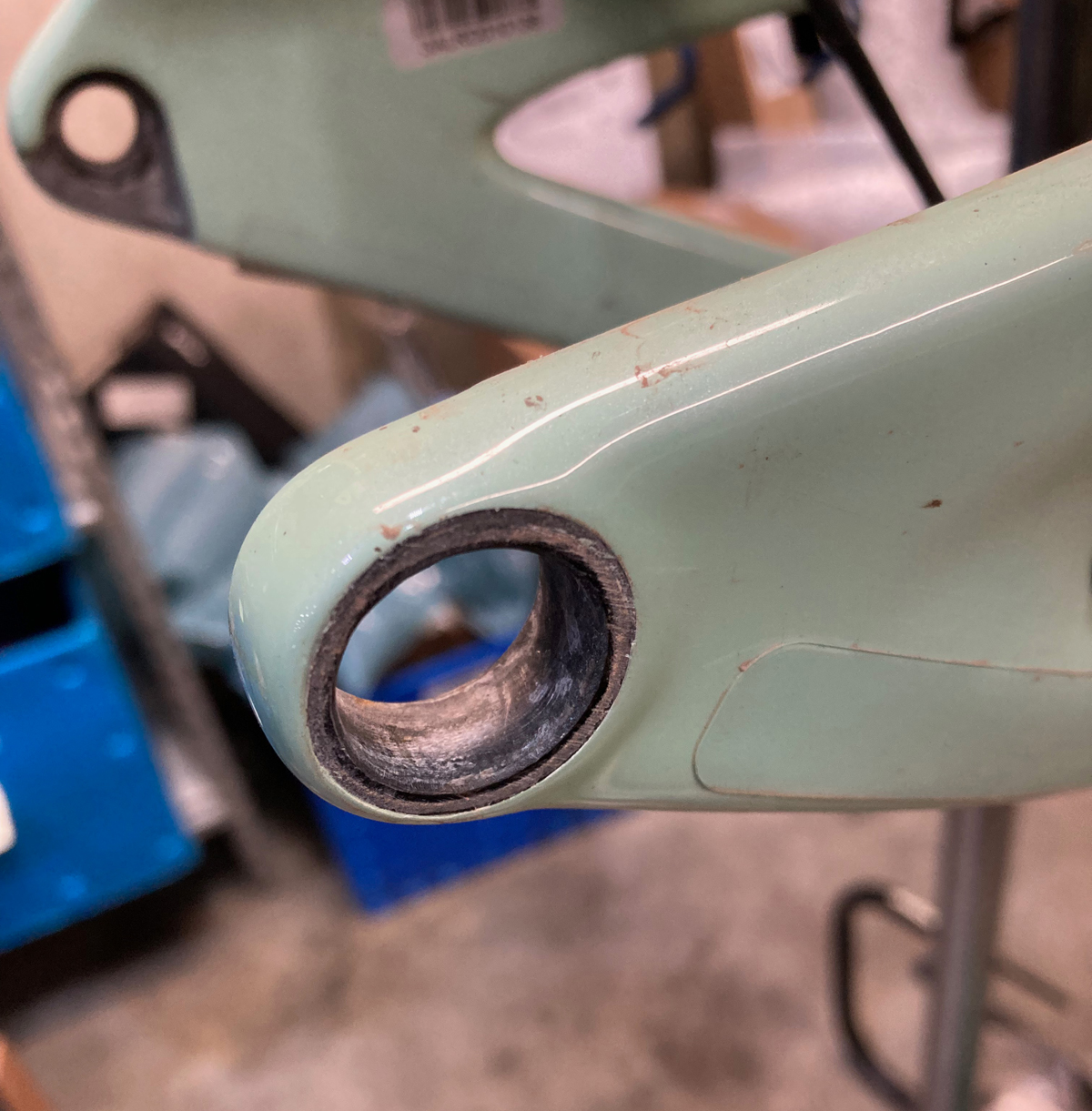
Remember though, that time you, or a friend, or someone you heard about ripped the derailleur off while shifting like that? How do they keep that from happening? To keep the derailleur from being torn off while shifting it has a new, direct mount. The key to this is the SRAM designed Universal Derailleur Hanger or “UDH”. Basically, it’s a big hole at the rear dropout where either a derailleur hanger or a Transmission rear derailleur is attached. What makes this better is a super strong derailleur body that clamps over the frame and is held in place by both a mounting bolt and the rear axle. There is no longer a derailleur hanger to bend in a crash. What about hitting rocks? The derailleur has an “overload clutch”, a feature that allows the derailleur to uncouple from the electric motor and move inward in the event of impact.
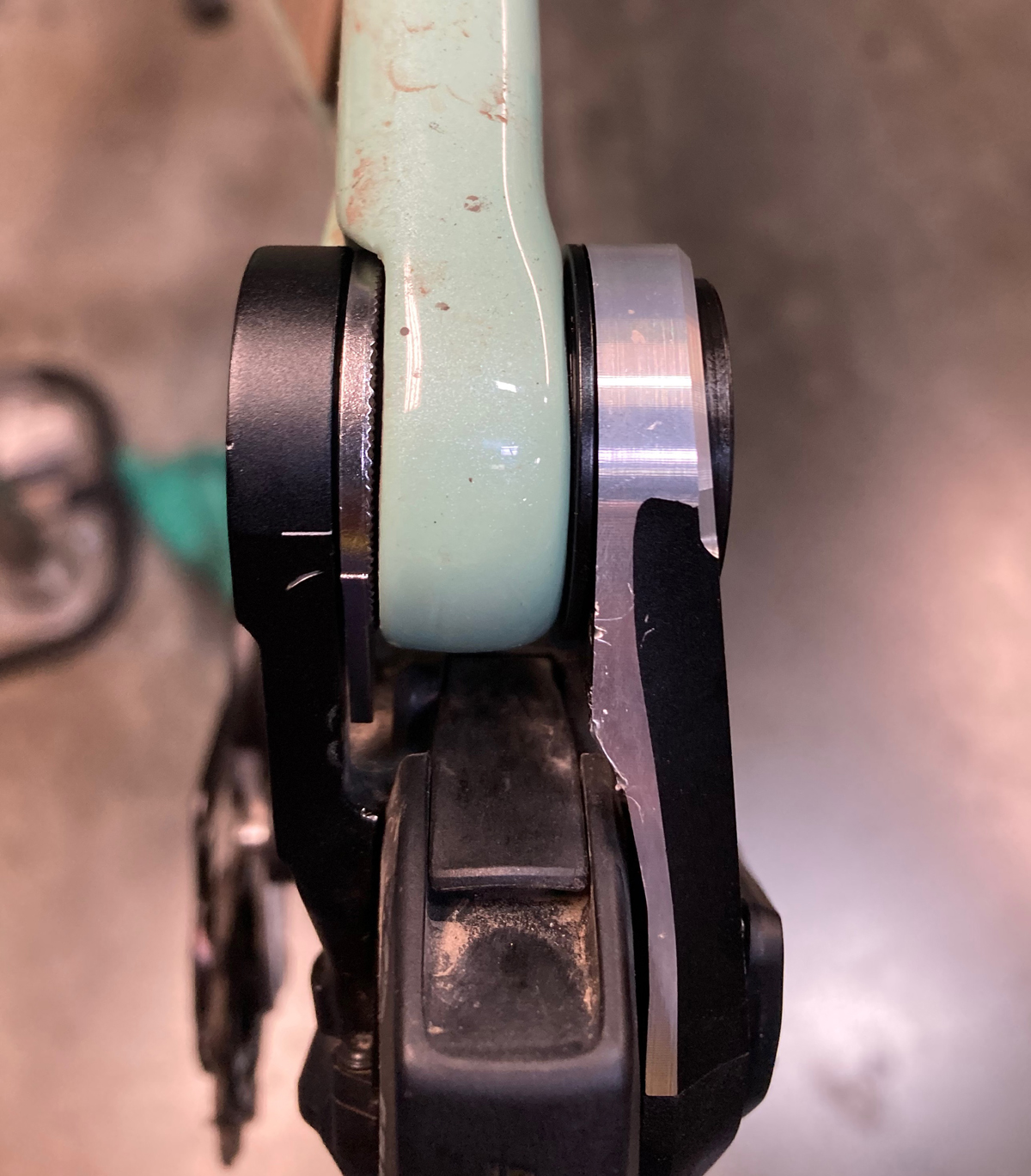
How apparent are these improvements on the trail? Well, that depends. During my brief period of riding with Transmission I have put both of the aforementioned features to good use. To really evaluate the cassette, I found it difficult to set aside a lifetime of soft pedaling while shifting. The first few times it seemed a little clunky and crunchy. As I began to trust it more (who wants to bust a $100 chain) and applied more power it began to feel much smoother. Timing is also a factor, considering that the chain only moves up or down at the specified ramps on the cassette. By about the tenth ride or so keeping the power on started to become more natural and Transmission was performing very well.
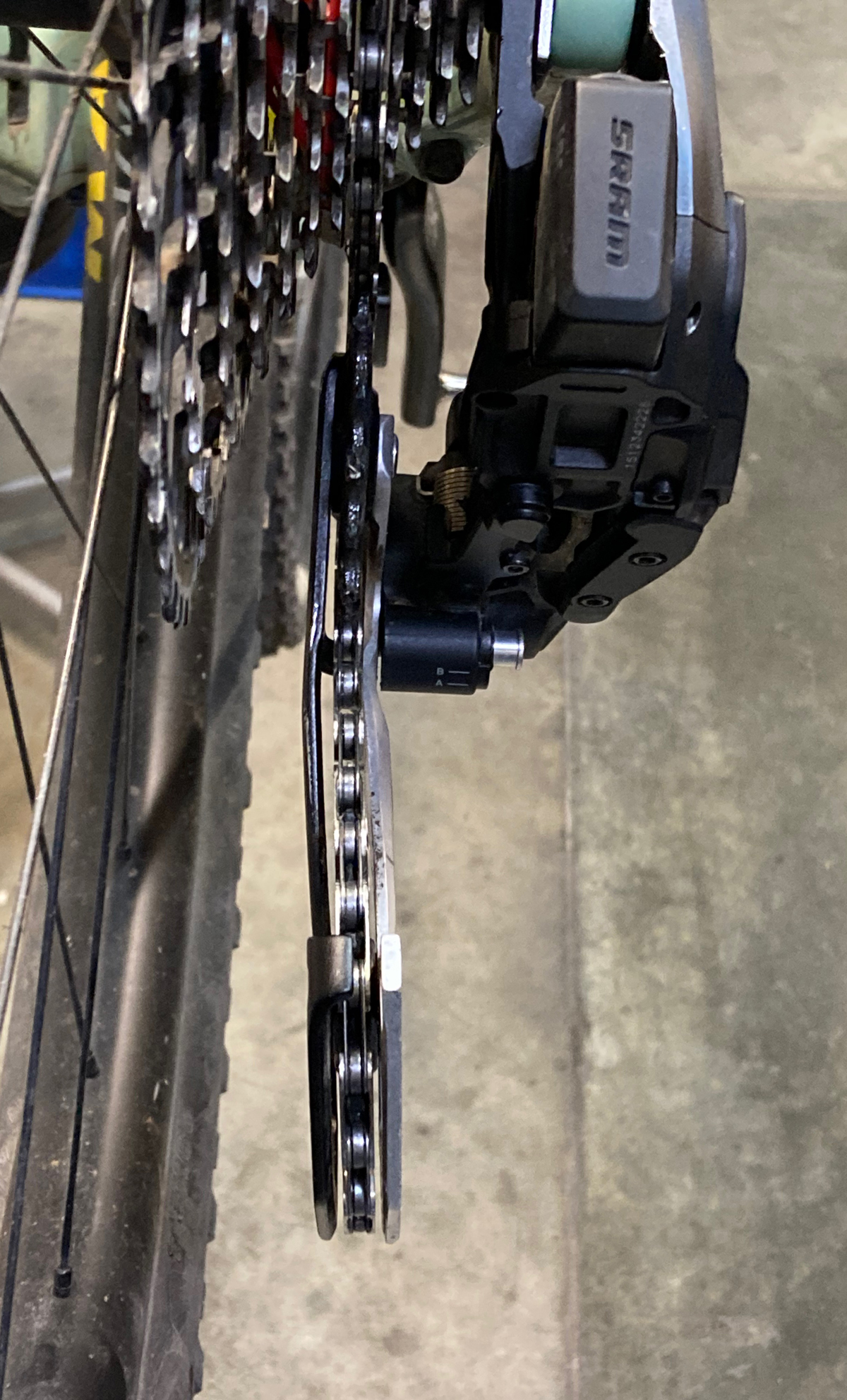
As for the super strong direct mount rear derailleur, it sure is nice not having to worry about bending a derailleur hanger. Just before installing Transmission, I had a crash that bent one. Then just a week ago I watched as my bike went tumbling downhill without me. After dusting myself off I noticed the derailleur was packed full of dirt. Either by luck or by design, the derailleur continued to function properly.
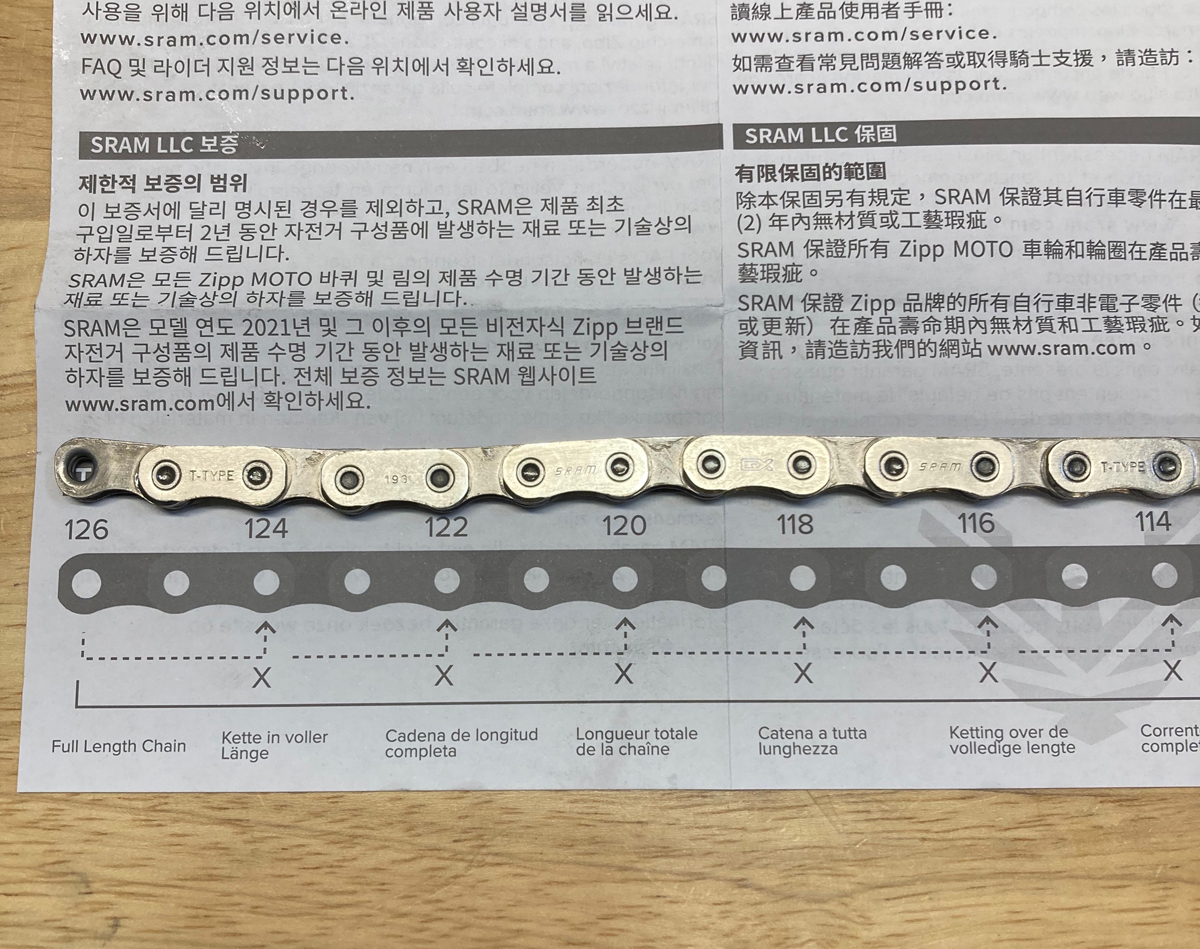
So, is SRAM’s new Transmission worth it? Again, it depends. First, there is the limiting factor of the UDH. Frames built before 2019 do not have the UDH and are therefore not compatible. Then there is the monetary cost. To upgrade to standard AXS electronic shifting kit, consisting of a rear derailleur and shifter, the price is between $600 and $1000. Upgrading to Transmission requires a full kit (cassette, chain, crankset, derailleur, shifter) at double the cost. We also have to ask: are we upgrading from mechanical shifting, standard AXS, or are we in the market for a new bike? If we are upgrading from mechanical shifting, I think standard AXS is pretty awesome (see Cycling West, Spring 2022 issue “Electronic Shifting: Do I Need It?”). All my bikes have electronic shifting of some sort.
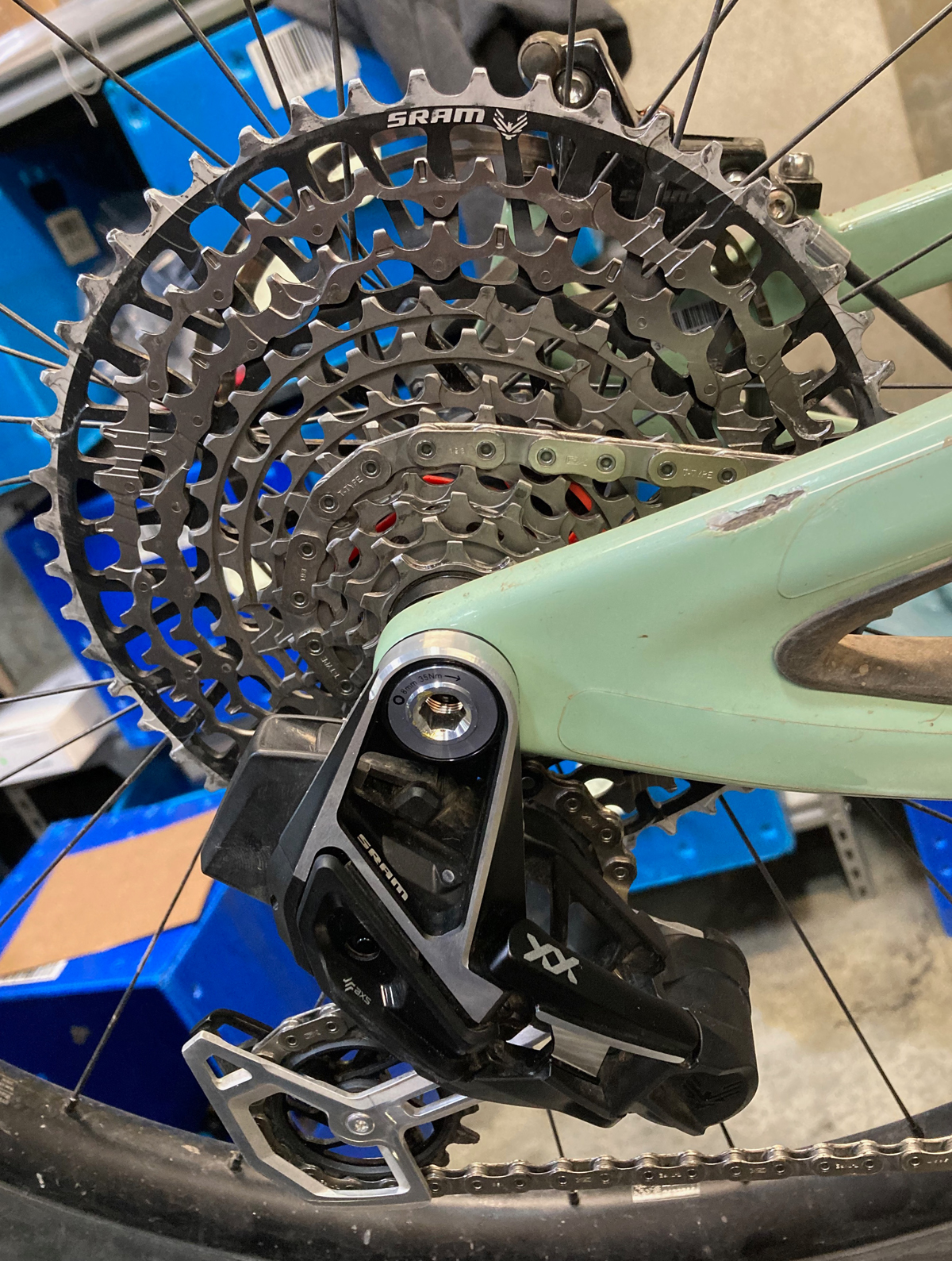
Would I upgrade from standard AXS again? Probably not. For my riding, I don’t think Transmission is THAT much better than standard AXS. However, I will say the new two button remote is totally worth it. If I was in the market for a new bike? I would absolutely find a way to justify having Transmission. I’m not totally crazy.
Got a bike question? Email Tom at [email protected]



